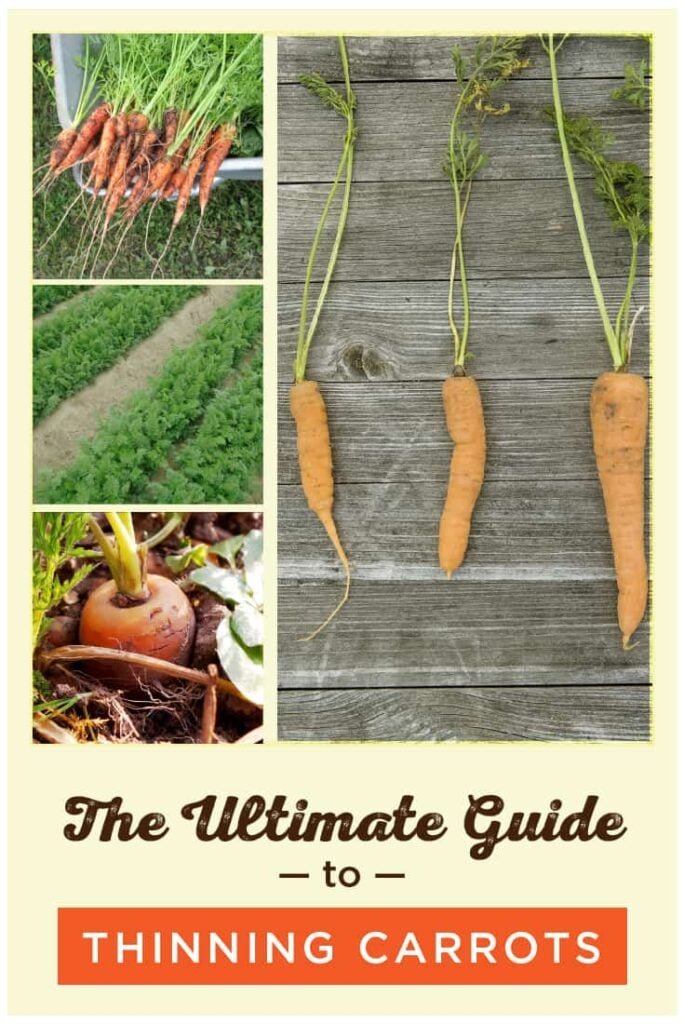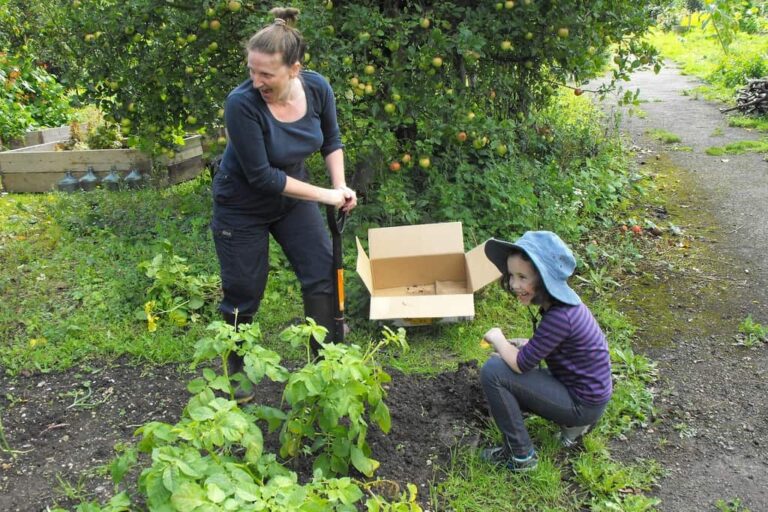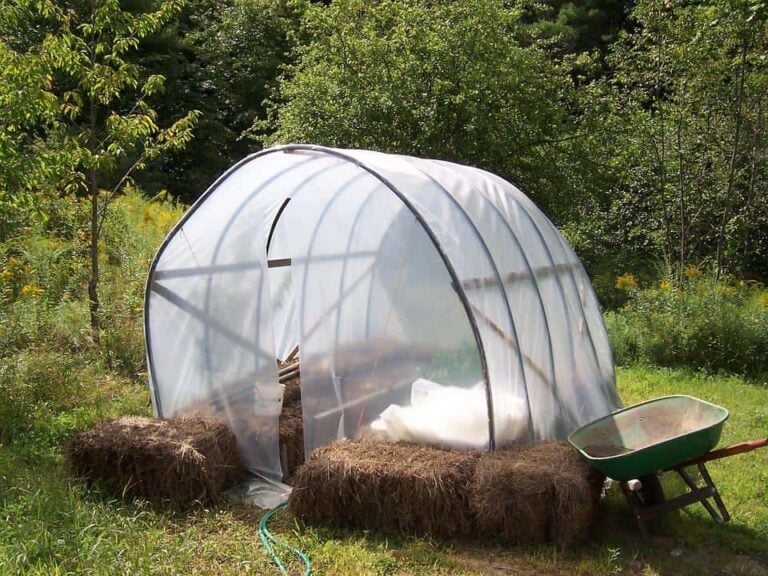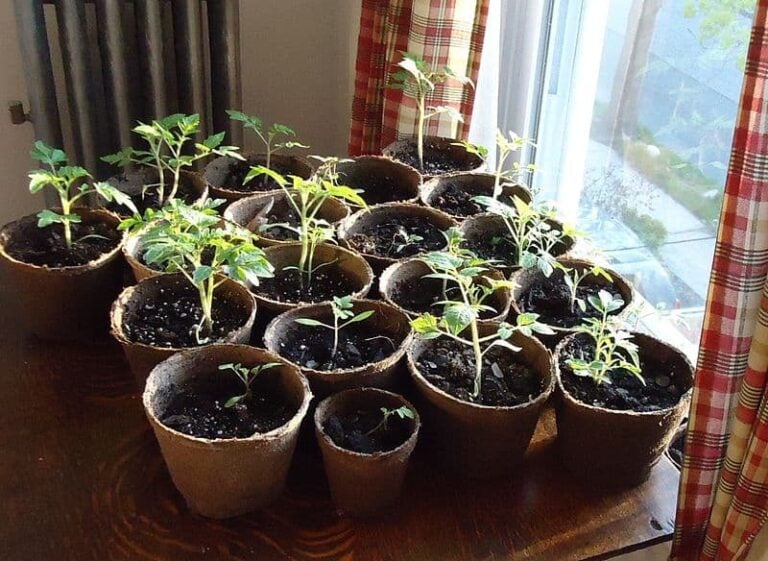How to thin Carrots: A Guide to Thinning Carrots
Knowing who how to thin carrots is an important part of growing them. You should be thinning carrots after they have germinated to reduce competition. Competition will prevent your carrots from growing to an optimal size and shape. To ensure a good quality harvest, you’ll begin thinning when seedlings reach two inches high.

You will need to thin again when plants are four inches high. You shouldn’t delay thinning. If you wait too long, carrots may suffer. They may become twisted and misshapen. You must be gentle. Handling them too roughly can damage the plants you’re leaving in the garden.
Table of Contents
Why Is Thinning Carrots Necessary?
Carrots don’t handle competition well. It doesn’t matter if it is an opportunistic weed or even another carrot. Common sense tells us that the soil can hold only so many nutrients. The more competition there is, the greater is the threat of missing out on valuable minerals and other nutrients.

Carrots demand high-quality soil that is fertile with lots of organic matter. That fact alone sets a high bar for optimal growth. The other concern involves the end product from the harvest. Carrots live in proximity of each other, with seeds planted about ½ inch apart. So, out of the gate, competition should be on your radar.
If you don’t thin carrots properly, you may end up with misshapen carrots. If that happens, it might not be a big deal if you cut carrots up for a stew. But it could matter a lot if you’ve planted a shorter carrot variety such as Minicor which are harvested as fingerlings or Baby Sweet Carrots variety. With such small carrots, a defect like twisted or forked roots is difficult to hide.
If you have additional space or friends and family that wish to grow carrots, you should consider transplanting your thinned carrots in order to either increase the total carrots you have or be generous provider of healthy food to those around you! The transplanted carrots may not have as much success, but if you’d planned to throw them out or compost them, it is at least worth a try.
Thinning Carrots as Seedlings
Carrots take their time to get the show on the road. Germination can take anywhere from one to three weeks. While elbow grease is necessary for preparing your site, patience is essential for a successful harvest. Keep your garden weed free to cut down on competition from unwanted sources.
Just because you planted carrots such a small distance apart doesn’t mean that is how they’ll end up at harvest. Thinning carrots begins when carrots emerge as seedlings. With such a relatively short growth period, thinning becomes necessary not long after the first leaves appear. Once they’ve germinated, growth goes into full throttle.
The amount of thinning you do varies with the variety. Naturally, bulkier varieties such as Gold Pak will need more space than a more petite type like Baby Spike. Cornell University recommends thinning carrots from one to four inches apart by cutting them rather than yanking them out of the ground when the tops are about two inches high. Remember that seedlings are very delicate at this stage.
You’ll want to shoot for about one seedling per inch with the smaller varieties like Baby Spike. For larger varieties like Danvers Half Long Carrots, one seedling per two to three inches will give them plenty of room to grow, depending upon their maximum diameter.
Here We Thin Again
You should thin them again when the tops reach four inches to about two inches apart, again depending upon the variety. The reason this step is necessary is that you can’t see what’s going on underground. It’s important even if you’ve prepared the soil well. Obstructions, after all, include other carrot plants.
While you may have removed the stones and roots from the soil, clumps may still exist that can interfere with carrot growth. Remember, any obstruct can divert a carrot’s straight growth pattern, especially with younger and weaker plants. Thinning reduces the competition that can result in a similar fate.
Thinning More Mature Carrots
You’re likely thinking that thinning carrots later in the game is a probably unnecessary. Your carrots have survived the initial but often challenging early growth period. And you may have become attached to your babies growing in your garden. Why not? How could you possibly uproot them now?
Rest assured that this is a necessary part of growing carrots. If you don’t thin carrots even at this more mature stage, you’ll risk a sub-par harvest of misshapen and small carrots. The other consideration lies with the survival of the carrots.
If you wait too long, separating carrots becomes more difficult especially if they’ve grown together. The roots may wrap around each other making separation virtually impossible without damaging the carrots involved. Victoriana Nursery Gardens will walk you through the ropes of separating carrots that have grown up together.
Tips for Thinning Carrots
Remember carrots—especially smaller and shorter varieties—are shallow rooted and thus, are vulnerable to damage. In addition to the advice from Cornell University, you’ll be more likely to avoid hurting adjacent plants if you thin carrots when the soil is moist. The plants won’t resist thinning as much as with dry soil that can keep plants firmly entrenched.
Proper care for carrots includes a regular weekly soaking which is long to allow water to penetrate down to developing roots. A good time to thin carrots could be after this routine maintenance. Work out the carrots slowly. Minimize the disturbance to the plants you’ll leave in place.
Gentle is the operative word for thinning carrots. The final time for pulling carrots comes at harvest. Before this time, your goal is to cause the least amount of damage as possible. Moist soil and cutting rather than pulling are good ways to optimize thinning. This advice applies whether you’re planting small baby carrots or larger ones.
Growing carrots offers gives you a chance to plant a vegetable that is easy to care for with only a few requirements for a successful harvest. Thinning reduces competition from the unlikely source of other carrot plants. As long as you treat young carrot plants gently, your plants will flourish with the extra breathing room.
Frequently Asked Question about How to Thin Carrots
What is thinning carrots?
Thinning carrots is the process of removing some of the seedlings to give the remaining ones enough space to grow and develop properly.
Why is thinning carrots important?
Thinning carrots is important because it helps the remaining plants develop strong roots and produce larger, more flavorful carrots. If you don’t thin your carrots, they may end up stunted or misshapen.
When should I thin my carrots?
You should thin your carrots when they are about 1-2 inches tall. This is usually about 2-3 weeks after planting.
How do I thin my carrots?
To thin your carrots, gently pull out the weaker seedlings, leaving about 2 inches of space between the remaining plants. You can also use scissors to snip off the tops of the weaker seedlings at soil level.
How many carrots should I leave after thinning?
You should leave one carrot every 2 inches, so if your rows are spaced 6 inches apart, you should leave one carrot every 4 inches within the row.
What should I do with the seedlings I pull out?
You can compost the seedlings you pull out, or you can try transplanting them to another area of your garden.
Can I thin my carrots too late?
Yes, if you wait too long to thin your carrots, they may already be stunted or misshapen. It’s best to thin them as soon as they are big enough to handle.






